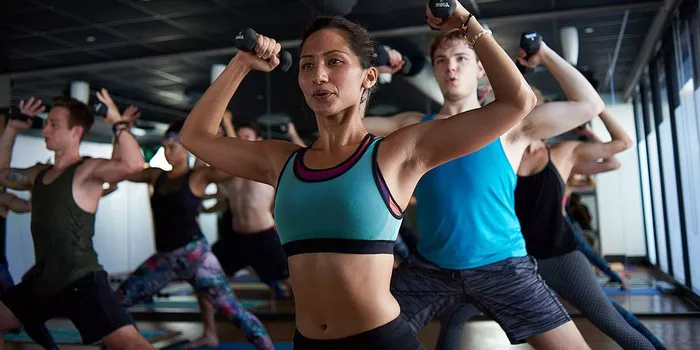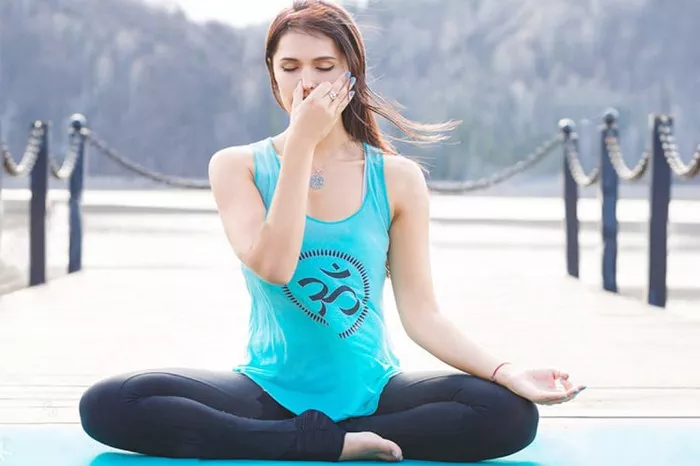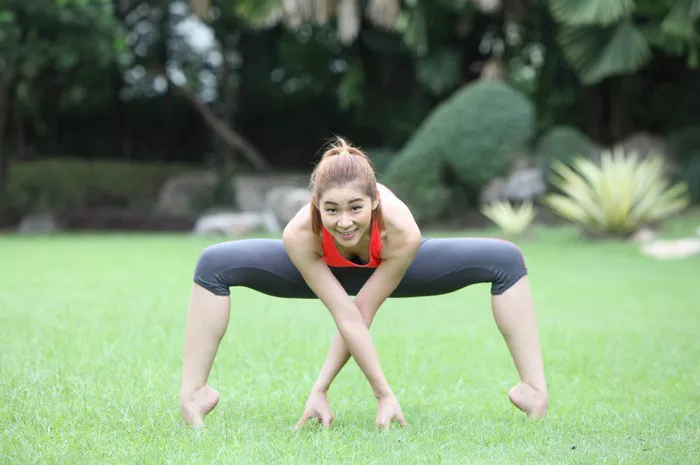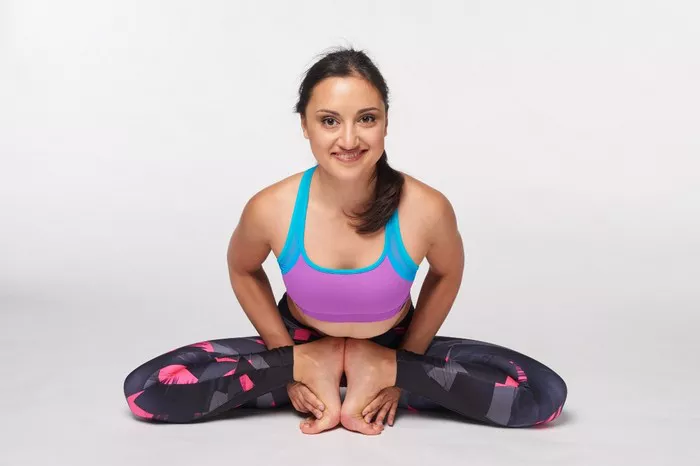In the competitive world of football, athletes are constantly seeking ways to gain an edge over their opponents. From rigorous training regimes to specialized diets, every aspect of an athlete’s routine is meticulously crafted to optimize performance on the field. In recent years, one practice has gained increasing attention for its potential to enhance athletic performance and reduce the risk of injury: yoga.
Yoga, an ancient discipline originating in India, is often associated with flexibility, balance, and mindfulness. While it may seem like an unlikely pairing with the fast-paced, high-impact nature of football, many players and coaches are discovering that incorporating yoga into training regimens can yield significant benefits. From improving flexibility and mobility to enhancing mental focus and resilience, the practice of yoga offers a holistic approach to physical and mental well-being that can complement the demands of football.
1. Flexibility and Mobility: Enhancing Performance on the Field
One of the primary benefits of yoga for football players is its ability to improve flexibility and mobility. In football, where quick movements and sudden changes in direction are essential, having a wide range of motion is crucial for agility and injury prevention. Yoga poses, or asanas, target specific muscle groups and joints, promoting flexibility and mobility throughout the body.
Poses such as downward-facing dog, pigeon pose, and warrior series stretch and strengthen muscles that are commonly tight or overused in football, such as the hamstrings, hip flexors, and quadriceps. By incorporating these poses into their training routines, football players can increase their flexibility, allowing for greater freedom of movement on the field. This improved range of motion not only enhances performance but also reduces the risk of injuries such as strains and sprains.
Additionally, yoga helps to correct imbalances in the body that can arise from the repetitive movements and asymmetrical demands of football. By practicing poses that target both the dominant and non-dominant sides of the body, players can ensure that they maintain balance and symmetry, reducing the likelihood of overuse injuries and enhancing overall athletic performance.
2. Strength and Stability: Building a Solid Foundation
In addition to improving flexibility, yoga also helps football players build strength and stability, which are essential for withstanding the physical demands of the game. While football is often associated with power and explosiveness, it also requires a strong foundation and core stability to maintain balance and control during dynamic movements.
Many yoga poses engage and strengthen the muscles of the core, including the abdominals, obliques, and lower back. Poses such as plank, boat pose, and side plank challenge players to stabilize their bodies and maintain proper alignment, which translates directly to improved performance on the field. A strong core not only enhances agility and balance but also provides crucial support for the spine, reducing the risk of lower back injuries—a common ailment among football players.
Furthermore, yoga emphasizes functional strength, which focuses on movements that mimic those used in everyday activities or sports. By incorporating poses that require players to move in multiple planes of motion and support their body weight, yoga helps to develop strength that is directly applicable to the demands of football. This functional strength not only improves performance on the field but also reduces the risk of injury by ensuring that players can withstand the physical stresses of the game.
3. Mindfulness and Mental Resilience: Mastering the Mental Game
In addition to its physical benefits, yoga also offers numerous advantages for mental well-being, making it a valuable tool for football players looking to enhance their performance both on and off the field. The practice of yoga emphasizes mindfulness, or the awareness of the present moment, which can help players develop greater focus, concentration, and mental resilience.
Football is as much a mental game as it is a physical one, requiring players to stay focused and composed under pressure. Yoga teaches players to cultivate a calm and centered mind, even in the midst of chaos—a skill that can be invaluable on the field. By practicing breathing techniques and meditation, players can learn to regulate their emotions and maintain clarity of mind, allowing them to make better decisions and perform at their best when it matters most.
Moreover, yoga can help players manage stress and anxiety, which are common challenges in the high-pressure world of football. Through regular practice, players can learn to quiet the mind, reduce tension in the body, and cultivate a sense of inner peace and balance that carries over into their performance on the field. By integrating yoga into their training routines, football players can develop the mental fortitude and resilience needed to overcome obstacles and achieve peak performance.
4. Injury Prevention and Rehabilitation: Keeping Players in the Game
In addition to its benefits for performance and mental well-being, yoga also plays a crucial role in injury prevention and rehabilitation for football players. The practice of yoga helps to improve body awareness and proprioception, or the sense of where the body is in space, which can reduce the risk of injuries such as sprains, strains, and tears.
By practicing yoga regularly, players can identify and address imbalances or weaknesses in their bodies before they lead to more serious injuries. Yoga poses that focus on alignment and proper biomechanics can help players develop better body mechanics and movement patterns, reducing the risk of overuse injuries and enhancing overall durability on the field.
Furthermore, yoga can be a valuable tool for rehabilitation following an injury, helping players recover more quickly and return to play stronger and more resilient than before. Gentle yoga poses and stretching exercises can promote healing and flexibility in injured muscles and joints, while also addressing any compensatory patterns or imbalances that may have developed as a result of the injury.
Conclusion
In conclusion, yoga offers a wide range of benefits for football players, from improving flexibility and mobility to building strength and stability, enhancing mental focus and resilience, and reducing the risk of injury. By incorporating yoga into their training routines, players can develop a more holistic approach to physical and mental well-being that complements the demands of football and helps them perform at their best on the field. Whether used as a standalone practice or integrated into existing training programs, yoga has the potential to unlock new levels of performance and longevity for football players at all levels of the game.
FAQs:
Can I play football after yoga?
Yes, you can play football after yoga. Yoga can actually be a beneficial practice for athletes like football players as it helps improve flexibility, balance, strength, and mental focus. Doing yoga before football can help warm up muscles, increase circulation, and enhance range of motion, potentially reducing the risk of injury during play. However, it’s essential to listen to your body and not overexert yourself during either activity.
Does Ronaldo do yoga?
While there’s no definitive evidence that Cristiano Ronaldo practices yoga regularly, it wouldn’t be surprising if he did. Many elite athletes, including footballers, incorporate yoga into their training routines to improve their performance and prevent injuries. Yoga can enhance flexibility, balance, and mental clarity, all of which are crucial for maintaining peak athletic performance. Whether Ronaldo specifically practices yoga or not, it’s clear that he dedicates himself to a comprehensive fitness regimen to stay at the top of his game.
Which yoga is best for athletes?
Several types of yoga can benefit athletes, but one of the most commonly recommended is Hatha yoga. Hatha yoga focuses on physical postures (asanas) and breathing techniques (pranayama), making it suitable for athletes looking to improve flexibility, strength, and mental focus. Additionally, Vinyasa yoga, which emphasizes flowing movements synchronized with breath, can help athletes build endurance and coordination. Ashtanga yoga is another vigorous form that can challenge athletes both physically and mentally. Ultimately, the best type of yoga for athletes depends on individual preferences, goals, and fitness levels. It’s essential to consult with a qualified yoga instructor to determine the most suitable practice for specific athletic needs.























